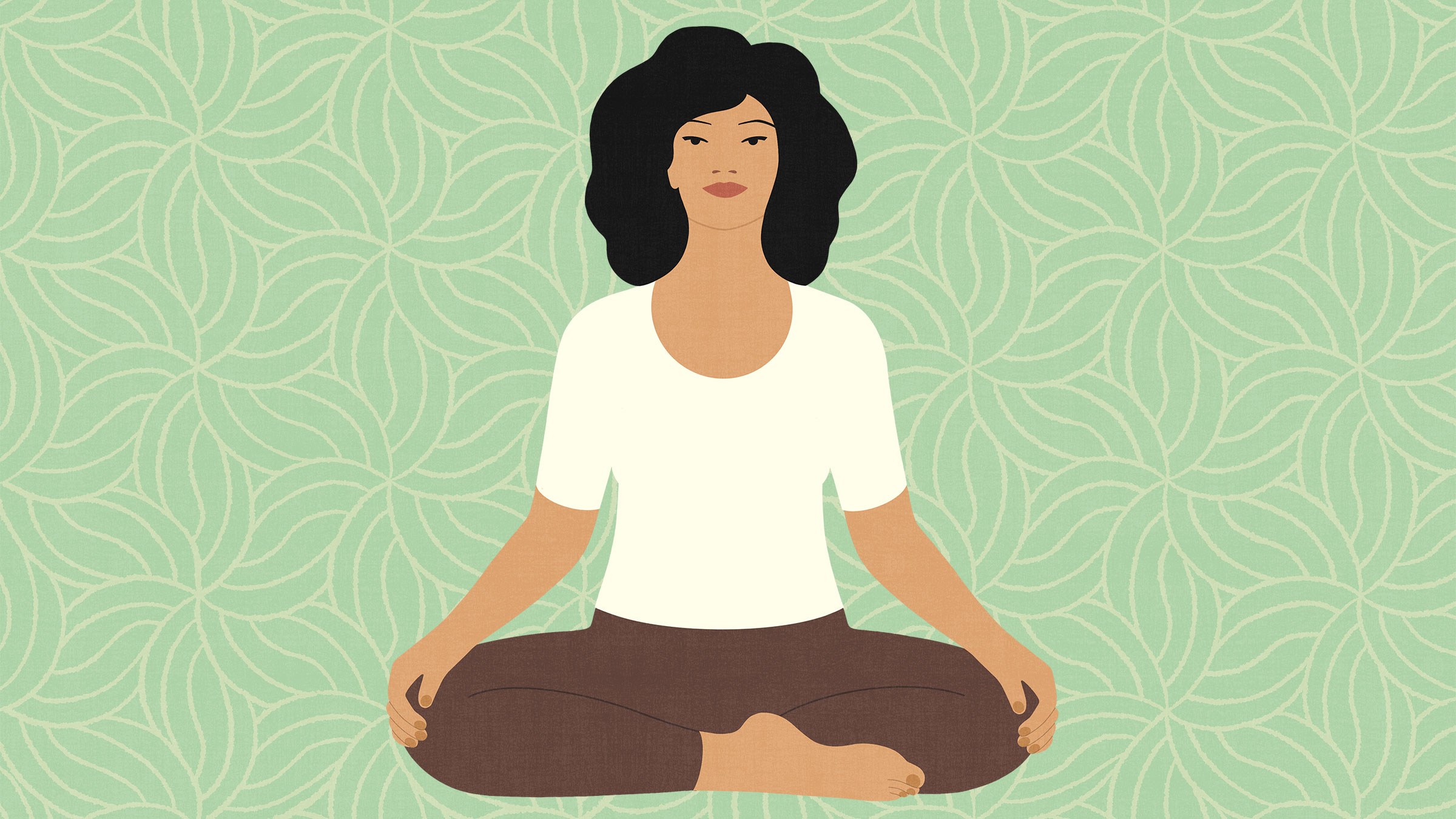When I was first introduced to mindfulness meditation, the teacher said that there was “nowhere to go, nothing to do, and nothing to change or fix.” As I sat on my cushion that day, trying hard to be mindful, that instruction struck me as a giant contradiction. Wasn’t there a lot to change or fix in this moment—and in this life? And didn’t her overall teaching actually include many things to do? There seemed to be an endless number of details and techniques to apply to help me arrive in the present moment with curiosity and openness. All of this felt oddly at odds with the supposed endgame, which was to let go of the very idea that I had to do anything at all.
Fortunately, over time, I noticed that as I allowed myself to stay with whatever was unfolding in my body and thoughts, what naturally arose wasn’t more effort but rather a settling in. Gradually, it seemed, my mind and body came to appreciate being in the same place at the same time.
In this issue, we explore the beautiful contradiction and profound benefit of mindfulness—and how to incorporate the practice into daily life. Lion’s Roar’s editor-at-large, Melvin McLeod offers step-by-step instructions for basic sitting meditation, reminding us to show up with both a warm heart and an observant mind. In her teaching on the four foundations of mindfulness, Jan Chozen Bays puts it this way: “Mindfulness is awareness without criticism or judgment.” There’s room for every quality of experience.
In Cara Lai’s reflection on experiencing mindfulness in nature, she reminds us that everything is nature. It all belongs. It all has a place in the fabric of life. So many of us have been conditioned to avoid difficult thoughts and emotions, clinging instead to what someone dear to me calls “counting our wins,” as if by focusing hard enough on the positive, everything else will fall away.
Robert Waldinger shares how mindfulness can help us deepen and heal our relationships. Dawn Mauricio brings mindfulness to bear on movement or exercise, and Nikki Mirghafori offers tips for mindful use of technology. Finally, in Butterfly’s teaching, he shows us how mindfulness can support activism—how in times of suffering, mindfulness can offer an anchor for engaged and ethical action.
Hopefully, this issue will help you feel less overwhelmed—by injustice, fear, or heartbreak—as you come to see how mindfulness allows you show up for yourself and others with more courage, care, and capacity to respond.

